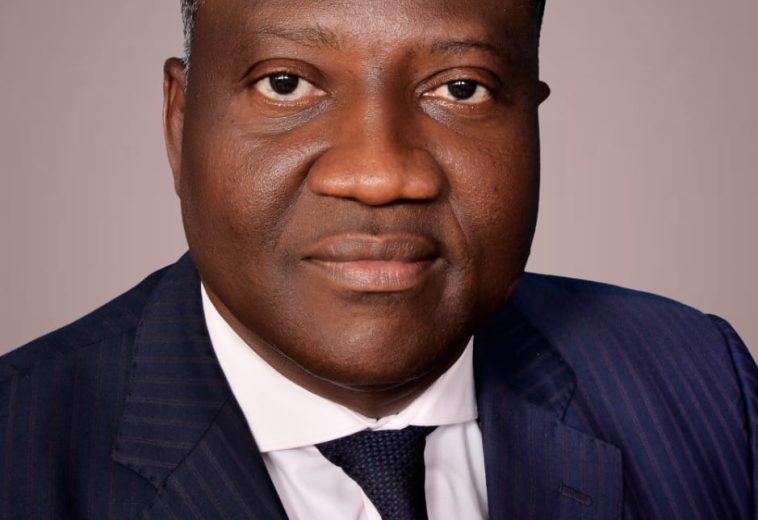Perched at the meeting point of the Atlantic and Sahara Deserts, Morocco offers a rich tapestry of enthralling vistas, energetic medinas, and a rich past. The nation entices visitors with its dynamic energy and rich cultural legacy, from the sun-drenched beaches of Essaouira to the snow-capped summits of the Atlas Mountains. But getting around this magical country can frequently be a difficult and isolating experience for the estimated 12 million Moroccans who live with impairments and the many foreign visitors who have comparable restrictions.
Morocco’s tourism offers and facilities haven’t always properly accommodated the demands of visitors with impairments. Exploration and enjoyment are frequently impeded by non-adapted accommodations, inaccessible transit options, and a lack of knowledge and awareness. This constitutes a missed economic opportunity as well as a substantial social barrier. Research indicates that travellers with disabilities and their companions typically spend more money and take longer trips, underscoring the unrealized potential of an inclusive tourism strategy.
Unlocking the Potential of the Economy: Beyond Just Statistics
There is no denying accessible tourism’s financial advantages. The global market for accessible travel is expected to increase at an astounding rate of 8.2% per year, with sales expected to surpass $1 trillion in 2019, according to the World Tourism Organisation.
Travellers with impairments and the family and friends that accompany them have substantial purchasing power. According to an Open Doors Organisation survey, Americans with disabilities spend $86,400 on average for each vacation, while the average visitor spends $3,900.
Just think of the money and jobs that these tourists would bring to the areas where they are hosted. Ramps and broader doorways would make riads in Médinas more accessible, drawing in more clients and supporting neighbourhood businesses and artists. Wheelchair-accessible taxis and modified tour buses are examples of accessible transportation choices that would create demand for local guides, restaurants, and cultural institutions while also opening up new travel experiences.
Imagine the impact on rural communities with accessible ecotourism programmes, enabling people with disabilities to enjoy Morocco’s unique natural beauty. This economic bonanza wouldn’t be limited to metropolitan cities. Accessible tourism promotes economic diversification beyond direct expenditure. Morocco can transcend its conventional sun-and-sand tourism model by appealing to a more diverse tourist base that is accustomed to longer stays, more in-depth cultural immersion, and environmentally conscious travel. This lessens the cyclical nature of tourism and enhances Morocco’s standing as an inclusive and competitive travel destination worldwide.
Integrating Inclusion into the Social Fabric: Going Beyond Economics
Beyond its financial advantages, accessible tourism has a deeper influence. It is a vital step in the direction of a society that is more egalitarian and inclusive. Social obstacles and stereotypes are dismantled when people with disabilities confidently walk Morocco’s lively streets, engage in cultural events, and visit historical places.
By fostering empathy and understanding through the sharing of travel stories, stereotypes are challenged, and a more welcoming atmosphere is created for everyone.
Take into consideration the motivational tale of Aïcha, a young lady who is blind and sets off on an accessible tour of Chefchaouen, the “Blue Pearl” of Morocco. Aïcha was able to take in the splendour of the city’s architecture, the friendliness of its residents, and the depth of its history under the guidance of experts who were outfitted with tactile models and audio descriptions. This vacation wasn’t simply for fun; it was a transformative event that gave Aïcha newfound confidence and disproved stereotypes about people with disabilities.
Accessible travel has the potential to drastically change people’s lives. It provides access to educational travel opportunities and cultivates a spirit of adventure and cultural awareness in kids with disabilities. It fosters social integration and economic independence in adults by opening doors for work in the tourism industry. Unquestionably, the ripple effect affects Moroccan families, communities, and the country’s social fabric as a whole.
Boosting Morocco’s Profile: From Icon to Pioneer
Adopting accessible tourism is important for Morocco’s global reputation as a progressive and inclusive travel destination as well as for achieving social and economic objectives. Morocco’s dedication to inclusivity and equality is demonstrated by its active promotion of accessible tourism in a world where human rights and social responsibility are receiving more and more attention. This appeals to discriminating tourists looking for places that share their values, drawing a group of people recognised for their responsible travel methods and enthusiastic word-of-mouth advertising.
Imagine Morocco rising to prominence in the region as a leader in easily accessible travel, winning awards and acclaim on a global scale. In addition to drawing in new visitor demographics, this improved reputation would increase brand loyalty and strengthen ties with global tourism stakeholders. Taking the lead in this area facilitates collaboration and the exchange of knowledge, which advances Morocco’s adoption of accessible tourism best practices.
From Idea to Reality: Creating an Accessible Future for Moroccan Travel
Although there are still obstacles to overcome, accessible tourism has many potential advantages. The implementation of accessibility guidelines, laws, and infrastructure on a large scale necessitates ongoing funding and careful planning. Morocco can do this by doing the following:
Constructing Infrastructure, Filling the Void:
State assistance: Set aside money specifically for the development of accessible tourism infrastructure, such as lodging alternatives, modes of transit, and historical sites. Provide tax breaks to companies that include accessibility features.
Making use of technology and digital resources for cultural experiences, such as audio descriptions, mobile apps with information and navigation, and accessible websites. Invest in teaching workers in the tourism industry how to use these resources efficiently.
Regulations and standardisation: Create and put into effect explicit national accessibility guidelines for tourism infrastructure that are in line with global best practices. To guarantee consistency and quality, monitor and enforce these criteria on a regular basis.
Training and capacity building: Offer thorough training courses on inclusive communication, disability awareness, and best practices for helping visitors with different needs to tourism industry personnel. Collaborate with disability organisations to create and implement these initiatives.
Accreditation and certification: Provide a nationwide certification programme for tourism personnel with accessibility training and accessible tourism destinations. This encourages investment in accessibility and gives tourists looking for accessible experiences peace of mind.
Community engagement: To guarantee that accessibility programmes are culturally sensitive and fulfil the unique requirements of various populations, collaborate with local communities, especially individuals with disabilities and their organisations.
Raising Awareness and Dismantling Barriers:
Public awareness campaigns: Start nationwide efforts to educate the general public and tourism stakeholders about accessible travel and its advantages. Make use of a variety of communication platforms, such as social media, traditional media, and community outreach initiatives.
Working along with tour operators and travel agencies:Collaborate with tour companies and travel agencies to create and market accessible travel packages that streamline the booking and informational processes for disabled tourists.
Global alliances: Work together with global organisations and accessible tourism specialists to share best practices, get technical support, and get international recognition for Morocco’s initiatives.
A Journey Towards a Brighter Future
Although there are obstacles in the way of Morocco’s transition to accessible tourism, the opportunities are enormous. Through infrastructure development, workforce empowerment, awareness-raising, and collaboration, Morocco can open the door to a future in which all people, regardless of ability, can enjoy the magic of its history, culture, and landscapes. This inclusive strategy will improve Morocco’s economy and reputation, but more significantly, it will build a society in which people with disabilities are respected, empowered, and easily incorporated into the colourful fabric of Moroccan culture. Together, let’s set out on this adventure to make sure that everyone has full access to Morocco’s wonders.


